 Greensburg, Kansas Tornado Study Complete
Greensburg, Kansas Tornado Study CompleteIn one of the most in-depth studies completed of the Greensburg, Kansas tornado outbreak, researchers from the University of Oklahoma have concluded that the mesocyclone that spawned that tornado may have been much stronger than originally believed.
The study authored by meteorologists Les Lemon and Mike Umscheid reveals the minute-by-minute evolution of the once-in-a-lifetime outbreak. As reported in the Kansas City Star (Greensburg study finds that storm contained 22 tornadoes), the storm may have contained more tornadoes than originally thought:
A large, long-lasting tornado 1.7 miles wide and measuring EF5 on the Enhanced Fujita scale virtually wiped Greensburg from the map shortly before 10 p.m. on May 4, 2007. Eleven people were killed and more than 50 others were injured.
It was one of 22 tornadoes that touched down in southern and central Kansas from the same thunderstorm complex on the night of May 4 and early morning of May 5.
That’s more tornadoes than initially thought, said Mike Umscheid, co-author of the study and the meteorologist who issued the “tornado emergency” warning that night for the Dodge City branch of the National Weather Service. A handful of small satellite tornadoes rotating around larger twisters initially went unnoticed.
In particular, a few of the tornadoes were very large and may have exceeded the previous record set by the Moore, OK tornado of May 3, 1999:
The Greensburg tornado registered at the top of the Fujita scale, with peak winds estimated at more than 200 miles an hour based on damage in downtown Greensburg.
The tornado that struck Moore, Okla., and other suburbs of Oklahoma City on May 3, 1999, was labeled perhaps the strongest tornado ever recorded.
But research shows the Greensburg tornado had EF3 or stronger damage in a track at least a mile wide — at least double the size of the Moore tornado.
As always, the tornado strength was measured by the damage path:
After destroying 95 percent of Greensburg, the tornado continued north, then curled left and looped back around, nearly striking the town a second time before lifting…
The Greensburg and Trousdale tornadoes were so intense the weather service’s radar in Dodge City detected vortex holes in them — something the radar had never done before, Umscheid said.
A vortex hole “is what you would see in the eye of a hurricane,” except it’s in a tornado, he said. They form when winds are rotating so rapidly they pull debris and even large raindrops from the storm’s center.
The Trousdale tornado’s vortex hole was about two miles in diameter — or not much smaller than the eye of Hurricane Charley, a Category 4 hurricane in 2004.
This study has also taught many meteorologists more about mesocyclones - the birthplace of tornadoes:
The outbreak featured something else researchers had never seen before: the mesocyclone — or “mother ship” cloud from which tornadoes develop — was rotating as rapidly as the tornadoes.
Typically, the mesocyclones rotate slowly. The Greensburg outbreak featured mesocyclones rotating so rapidly it was hard to tell them apart from the actual tornadoes on radar, the researchers said.
WEATHER NOTEHell trip from east timor
TIN Can Bay fisherman Kevin Lee knew there was a big wave out there somewhere as his fishing boat Faysea G pushed its way through atrocious weather and almost total darkness near East Timor.
Kevin knew he had found that big wave when a huge breaker, riding up on the back of another big swell, smashed in the wheelhouse windows, six or seven metres above the waterline on the boat's third level.
In a second, the vessel's upper deck was flooded, the electrics shorted out, fires started inside one wall and circuit breakers cut out the lights and instruments.
“It took out all the electrics. All we had left was the GPS and auto pilot,” Kevin said this week.
Mysteriously, it had the opposite effect on his mobile phone, which had been malfunctioning but which suddenly started working again in the chaos of the wheelhouse.
“The boys thought it was raining downstairs. Water was just pouring down from the top to the bottom deck.
“We lost the 24v and the 240v circuits but we had to get some things back on just to keep going.
“We had to bolt to the engine room and get the generator out.”
Meanwhile, back in Tin Can Bay, Kevin's brother Peter, who was tracking the vessel via satellite, knew something was wrong.
“He knew we were in trouble by the way we'd turned around to go with the sea while we boarded up the smashed windows,” Kevin said.
“We had to get the broken glass out, sealastic a board across the windows, then bolt those to another board inside and tighten it up. Then more sealastic,” he said.
After a season of prawning in Indonesia and a refit, the return trip had been uneventful, except for Kevin's failed attempts to hold down food after picking up a stomach bug in Djakarta.
“From Djakarta to Bundaberg 25 days later, I couldn't eat. I lost about nine or 10kg and ended up in hospital for a couple of weeks.”
Things turned rough as the vessel motored past Timor.
“The sea was flat all the way to East Timor but right from there to Australia we just got smashed.
“It was a hell trip,” he said.
“Hell” was made even worse for Kevin, who had to spend a lot of his time in the cramped and smelly confines of the engine room.
“I'm the skipper/engineer and I had work to do on the engine, even if I was throwing up,” he explained.
Not to mention getting tossed around by the ocean.
“I don't get seasick, not for years, but it was not pleasant,” he said.
Kevin was taking a break in the wheelhouse, extracting what sustenance he could from a hot cup of tea and enjoying being above decks (bad weather or not), when near-disaster came calling.
“I was thinking, gee that's a big wave. We're riding up it and I'm willing the boat to keep moving up. It's midnight, so we couldn't see much.
“Then I saw this second wave breaking on the back of it. Three seconds later it came through and - boom!
“Don't call it a 'freak wave'. I'm not a believer in freak waves. If you're in a bad sea, there's a bad wave coming, just be ready for it.
“I've been doing it all my life and we've got a good crew. No-one freaked out. I would have hated to be in it with people who didn't know what they were doing.
“Mates of mine who know the boat couldn't believe we were in a sea so big we'd blown the windows in - and they're seamen.
“But it won't happen again. We've got 11mm glass across the front now.
“If we hit something that blows that out, I don't want to be on board!”
Kevin was fueling up the Faysea G at his family's Lee Fishing Company headquarters at Snapper Creek, getting ready for the scallop season, not so far away this time, off Bundaberg.
He's hoping for good weather.
MARITIME NOTECG Investigates Ship, Bridge Allision
Coast Guard Sector Field Office Grand Haven, Mich., responded to a bridge allision on the St. Joseph River, which occurred shortly before 8 a.m. Dec. 30.
The ship Manistee, a U.S. flagged freighter 620 ft in length, allided with the CSX Swing Bridge. The Coast Guard immediately contacted the owners of the bridge, who found evidence of damage to the bridge's fendering system. Structural engineers have determined that the bridge can safely carry rail traffic. The ship, which was empty, has sustained only minor damage and is not taking on water. No pollution or injuries were reported.
The cause of the incident is under investigation. The Coast Guard is conducting interviews of the witnesses and the vessel's crew, and has begun the required drug and alcohol testing.
Among the Coast Guard's many missions is the responsibility for licensing mariners, inspecting commercial vessels and investigating maritime casualties. Investigations of casualties involving commercial vessels are conducted to learn why the accident occurred in order to reduce the risk of further incidents.
RS































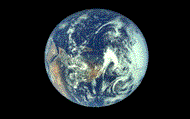


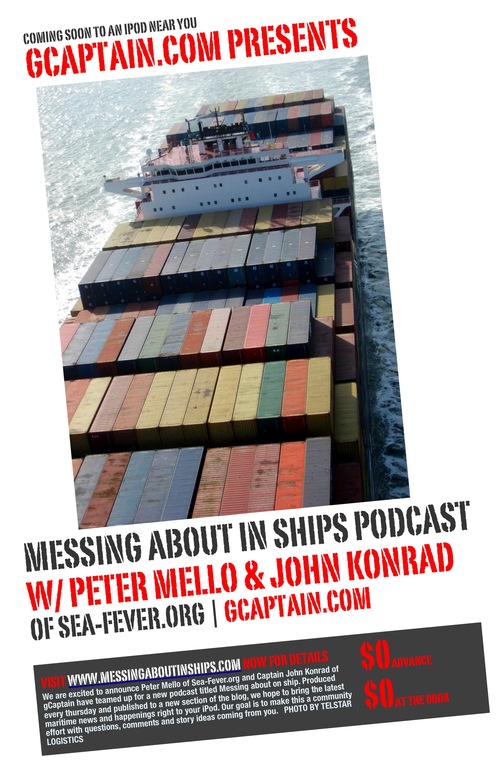










































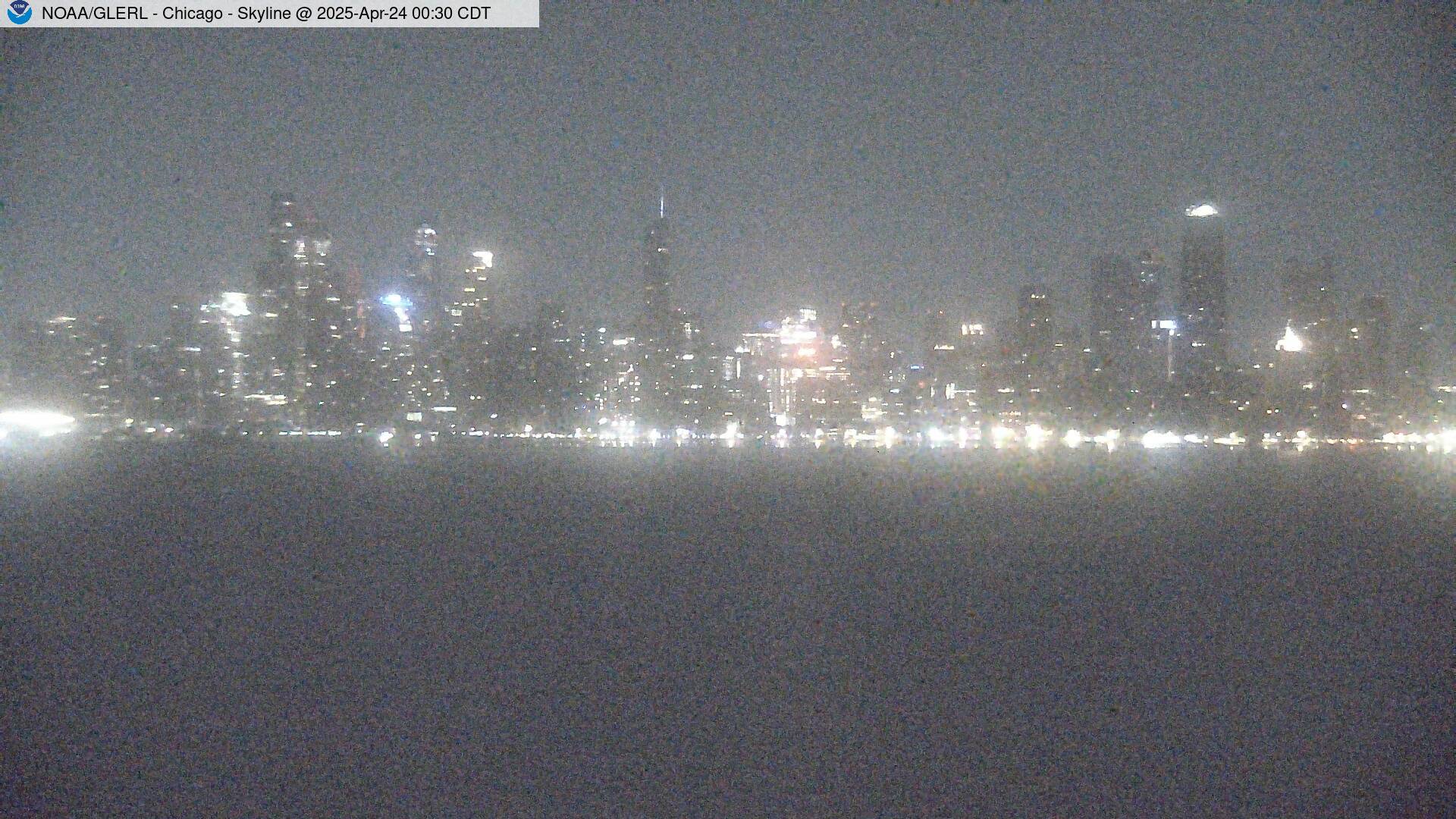











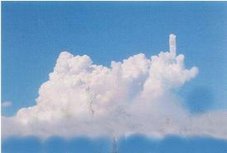

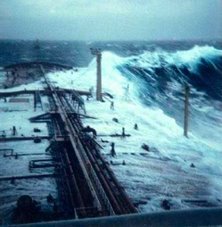
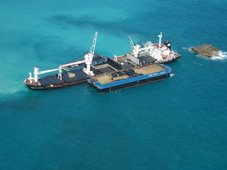


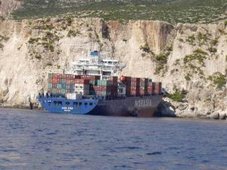




![Validate my RSS feed [Valid RSS]](valid-rss.png)